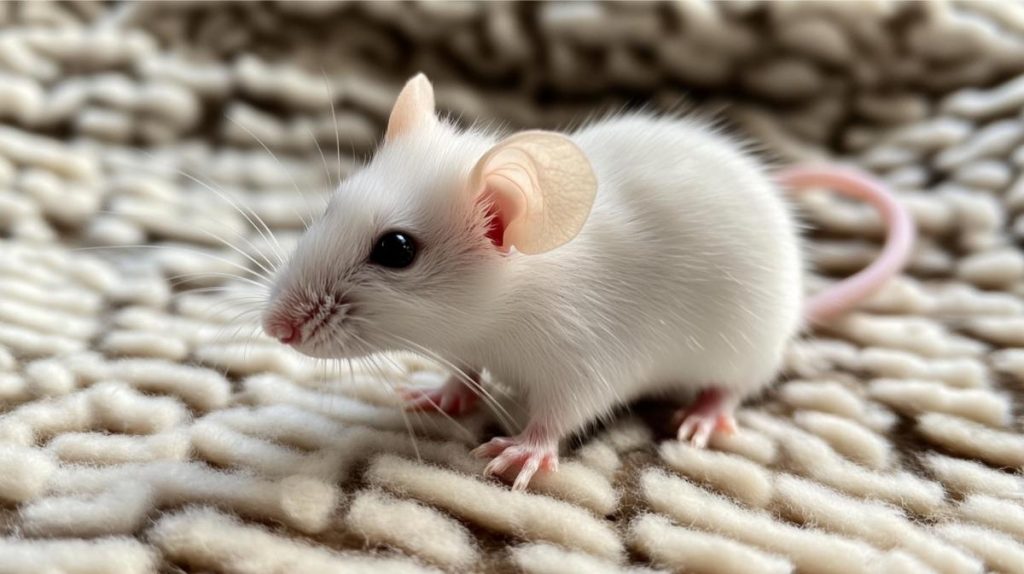Animal testing has been a controversial topic for decades. You might think it’s a necessary evil for scientific progress, but the reality is far more complex.
More than 100 million animals suffer and die in cruel experiments every year in the U.S. alone. These experiments often have questionable benefits for human health and safety.
You’ve probably seen “cruelty-free” labels on products and wondered what they really mean. Well, they’re more than just a marketing ploy.
These labels represent a growing movement towards ethical alternatives to animal testing that are not only more humane but often more effective and cost-efficient too.
As consumers, you have the power to make a difference. By choosing cruelty-free products and supporting companies that invest in alternative testing methods, you’re sending a clear message that animal welfare matters.
It’s time to rethink our approach to product safety and scientific research.
Key Takeaways
- Millions of animals suffer in labs each year for questionable scientific gains
- Cruelty-free alternatives are often more effective and economical
- Your consumer choices can drive positive change in testing practices
The Grim Reality of Animal Testing

Animal testing involves harsh practices that cause suffering to millions of creatures each year. You might be shocked to learn what really goes on behind laboratory doors.
Ethical Implications of Animal Experiments
Many people question the morality of animal testing. It’s a tricky issue. Animals can’t give consent, so they’re subjected to painful experiments against their will. Is that fair?
Some argue it’s necessary for human health, while others say it’s cruel and we should find better ways.
What if it was your pet in the lab? That thought makes a lot of folks uncomfortable. It highlights the ethical dilemma we face.
Physical and Psychological Impact on Animals
You wouldn’t want your furry friend to suffer, right? Sadly, lab animals endure a lot of pain.
They’re often:
- Injected with harmful substances
- Forced to inhale toxic fumes
- Subjected to skin irritation tests
Ouch! That can’t feel good. But it’s not just physical pain. These critters get stressed out too.
Imagine being stuck in a tiny cage all day. No fun playtime or cuddles. That’s the sad reality for many lab animals.
Cost vs. Benefits in Scientific Research
You might think, “Well, at least it’s helping science, right?” Not so fast! The benefits aren’t as clear-cut as you’d hope.
Many animal tests don’t translate well to humans. That’s a problem when we’re trying to develop safe medicines.
It’s also super expensive. Imagine all the money spent on animal care, special equipment, and trained staff.
Plus, there are now high-tech alternatives like:
- Computer models
- Human cell cultures
- Organ-on-a-chip technology
These methods can be cheaper, faster, and more accurate. Pretty cool, huh?
The Emergence of Cruelty-Free Innovations

New technologies and changing attitudes are transforming how products are developed and tested. Animal-free methods are becoming more common and effective.
Advancements in Alternatives to Animal Testing
You might be surprised to learn how far alternatives to animal testing have come. Scientists have gotten pretty creative! They’re using cool stuff like:
- Computer models that simulate human biology
- Lab-grown human tissues and organs
- Advanced imaging techniques
These high-tech options aren’t just kinder – they’re often faster and cheaper too. A single animal test can take years and cost a million bucks. But some new cell-based tests cost as little as £500.
Plus, these critter-free methods can be more accurate for predicting human reactions. After all, you’re not a giant mouse, right?
The Rise of Cruelty-Free Cosmetics
Your makeup bag is probably a lot kinder than it used to be. Cruelty-free cosmetics have gone from niche to mainstream.
Big brands are ditching animal tests left and right. Even countries are getting on board – the EU banned animal testing for cosmetics way back in 2013.
Look for labels like “Leaping Bunny” or “PETA-certified” next time you shop. These little logos pack a big punch in the fight against animal testing.
And guess what? Cruelty-free doesn’t mean low quality. Some of the most innovative and luxurious brands have sworn off animal tests.
Global Movements and the Fight for Change
You’re part of a worldwide wave of compassion! Animal lovers everywhere are pushing for change.
Groups like Cruelty Free International are working hard to promote animal-free testing methods. They’re chatting with scientists, talking to politicians, and spreading the word.
Progress is happening! More countries are banning cosmetic animal testing each year. Even places where it’s still allowed are facing pressure to change.
Your choices matter. Every time you pick a cruelty-free product, you’re voting with your wallet. Companies notice, and it’s helping drive the shift away from animal testing.
